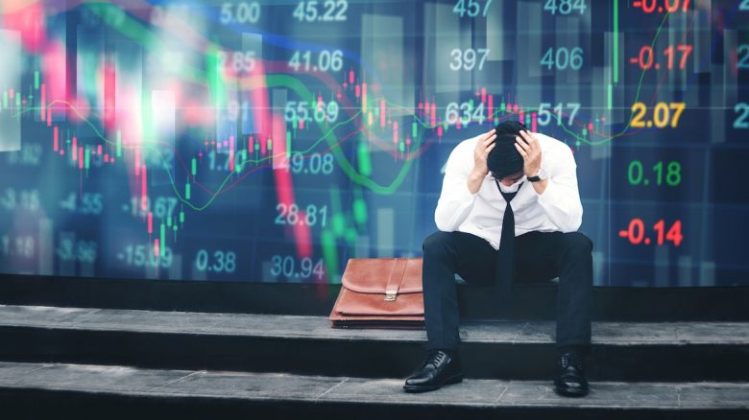Inflation is a common economic phenomenon that affects the purchasing power of money. If you’re unfamiliar with the causes of inflation, it can be difficult to understand why prices are rising or your money isn’t going as far as it used to be. Fortunately, there are resources available that can help you get a better grasp on the topic. Over at this page, you can find a wealth of information on the subject, including articles, news, and expert insights.
Understanding the causes of inflation is essential for anyone who wants to protect their assets and plan for the future. In this article, you’ll examine what inflation is, why it happens, and what you can do to protect your investments.
What is inflation?
It is a general increase in the price level of goods and services over time. The Consumer Price Index (CPI) often measures it, which tracks the prices of a basket of goods and services commonly purchased by households. Inflation is typically expressed as a percentage increase in the CPI over some time, such as a year.
Many factors can contribute to inflation. Over at this page, you can find in-depth discussions of each of these factors, but here’s a brief overview:
Demand-Pull Inflation
One of the primary causes of inflation is demand-pull inflation. This occurs when the demand for goods and services exceeds the available supply, causing prices to rise. This can be caused by various factors, including population growth, increased government spending, and a strong economy that creates more disposable income for consumers.
Cost-Push Inflation
Another cause of inflation is cost-push inflation. This occurs when the cost of production for goods and services increases, causing prices to rise. Various factors, including rising energy and raw material costs, increased wages, and new regulations or taxes, can cause this.
The Money Supply
When there is too much money in circulation, it can lead to a decrease in the purchasing power of the currency. This can occur when the government prints more money than is necessary, leading to an increase in the money supply without a corresponding increase in goods and services.
Exchange Rates
Exchange rates can also impact inflation rates. When a currency’s value decreases relative to other currencies, the cost of imported goods and services increases, leading to inflation. This can occur when a country experiences high inflation levels, decreasing the currency’s value.
Controlling Inflation
Central banks, such as the Federal Reserve in the United States, are responsible for controlling inflation. They do this by adjusting interest rates, which can impact the money supply and the demand for goods and services. By increasing interest rates, central banks can decrease the money supply, which can help reduce inflation.
Protecting your investments from inflation
Inflation may have a significant impact on your investments.
There are several strategies you can use to protect your investments from inflation. Some options include:
1. Investing in assets that tend to perform well during inflationary periods, such as commodities or real estate.
2. Investing in Treasury Inflation-Protected Securities (TIPS), which are bonds indexed to inflation.
3. Diversify your portfolio to include a mix of asset classes that can help mitigate the impact of inflation.
4. Revisit your investment strategy regularly to ensure it’s aligned with your goals and risk tolerance.
Conclusion
Inflation is a complex economic phenomenon that can significantly impact one’s life. By understanding the factors behind rising prices, you can better prepare yourself for the challenges of inflation. While some level of inflation is necessary for a healthy economy, too much inflation can have serious consequences.
